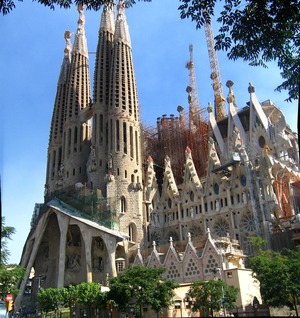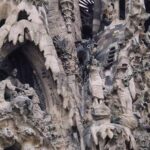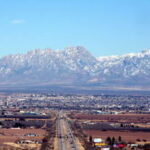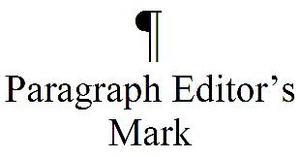Admire Barcelona’s nod to surrealism via the signature stamp of its architects, especially Antoni Gaudí. Spain’s second city, capital of Catalonia, is the largest metropolis on the Mediterranean, and the fourth most visited city in Europe. Complete with seven beaches along nearly three miles of coastline, the city offers a highly appealing blend of cosmopolitan and informal lifestyles.
Las Ramblas
This collection of pedestrian streets take the pulse of daily life in Barcelona. Start at the Plaza Catalunya and continue strolling along the pedestrian mile toward the monument of Columbus at Port Vell by the harbor. A highlight is the colorful historic public food market, La Boqueria.
La Sagrada Família
Gaudí’s unfinished church is a work still in progress. The Roman Catholic basilica was begun in 1882, the final stone is scheduled to be laid in 2026, the 100th anniversary of Gaudí’s death. The masterpiece to which Gaudí dedicated the last 15 years of his life’s work is beloved by many and was consecrated by Pope Benedict in 2010.
Passeig de Gràcia
The modernist buildings on the street’s “Block of Discord” in the Eixample District include four fun and popular examples of Barcelona’s famous architects, each clashing with the others in contrasting styles. “Casa Amatller” by Josep Puig i Cadafalch, “Casa Battló” by Antoni Gaudí, “Casa Lleó-Morera” designed by Luis Domènech i Montaner and “Case Mulleras” by Enric Sagnier are landmarks.
Gaudí’s Casa Milà
Also known as “La Pedrera,” meaning “The Quarry,” this famous corner building built without any straight lines is located at 92 Passeig de Gràcia. It was intended as an apartment building in 1912. A large collection of Gaudí works is contained within. Take in the views from the roof terrace.
Parc Güell
A UNESCO World Heritage Site, originally designed to be a private housing estate, is now an amusing public park with gardens, built around 1900-1914, bearing the stamp of Antoni Gaudí. Inside the park is the Gaudí House-Museum was home to Gaudí for 20 years and contains furniture and objects of his own design.
Gothic (El Born) Quarter
Visit the Basilica de Santa Maria del Mar, an example of Catalan architecture dating to the 14th century. Also stop at the Cathedral of Santa Eulàlia. See Picasso’s early work housed at the Picasso Museum in the Gothic mansions of this medieval section dedicated to the sea and fishermen, El Born.
The Spanish Village
The Spanish Village on Montjuïc was designed by Josep Puig i Cadafalch as an ideal model representing Spanish architecture at the time of the 1929 World Fair and Universal Exposition. Fully preserved by popular demand, it is now filled with cafés, restaurants, shops, concerts and events.
The Magic Fountain
Also built as part of the 1929 World Fair and Universal Exposition, this wonderful water, light and music show is appreciated by approximately 2.5 million visitors a year. It is known in Spanish as Font Májica de Montjuïc.
National Museum of Art of Catalonia
Also located at Montjuïc hill, this museum built for the 1929 expo was also a highlight during the 1992 Summer Olympics. It is a large, important national museum containing Romanesque, Gothic, Renaissance, Baroque and 19th and 20th century collections.
Barcelona Football Stadium
For something completely different, even without tickets to a match, take a look at Europe’s largest stadium. It is packed with displays, photos, jerseys, balls and boots in a tribute to “footie,” the sport of choice in Barcelona. With a capacity of over 100,000, the stadium is also used for concerts and major events.








